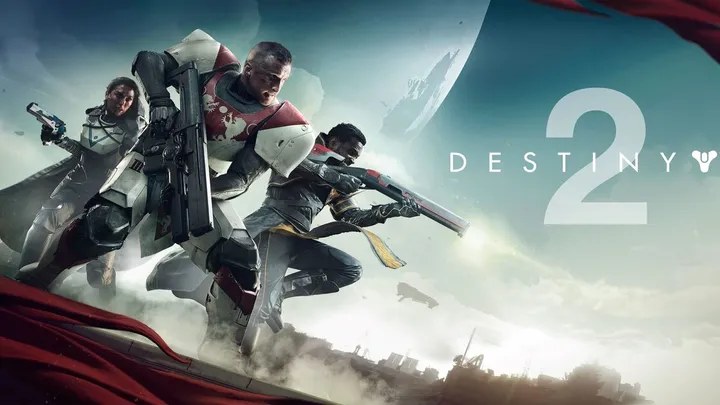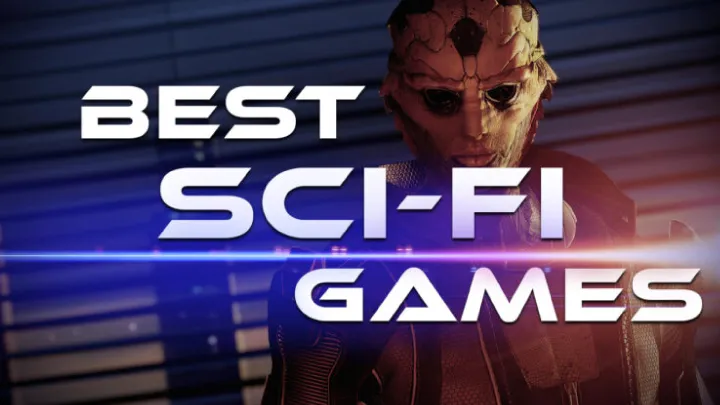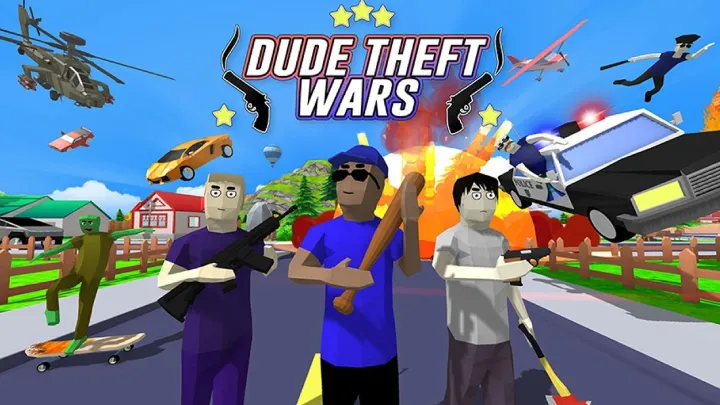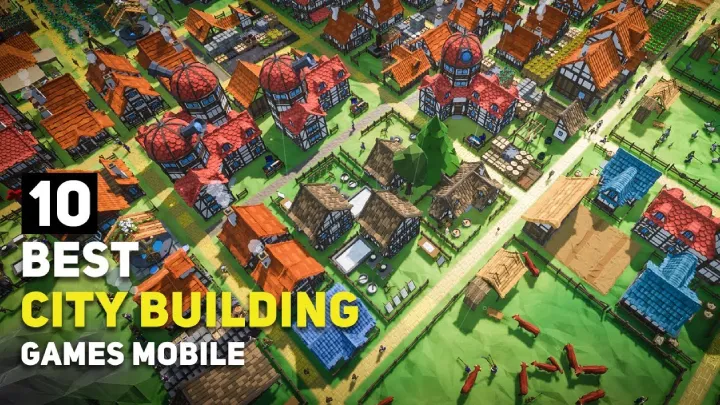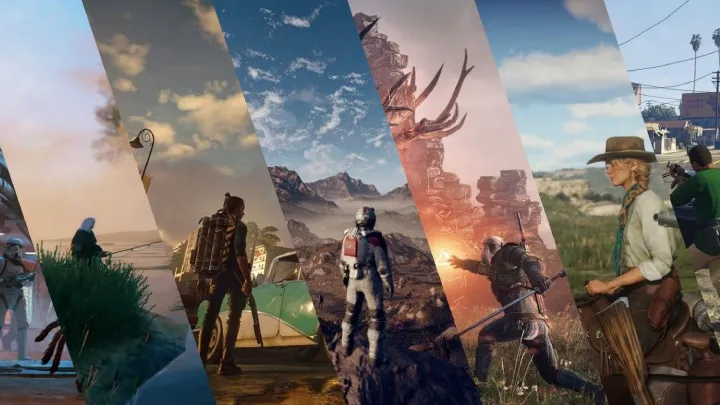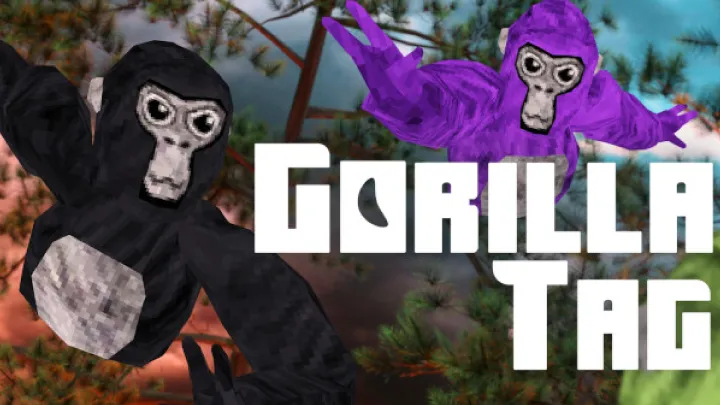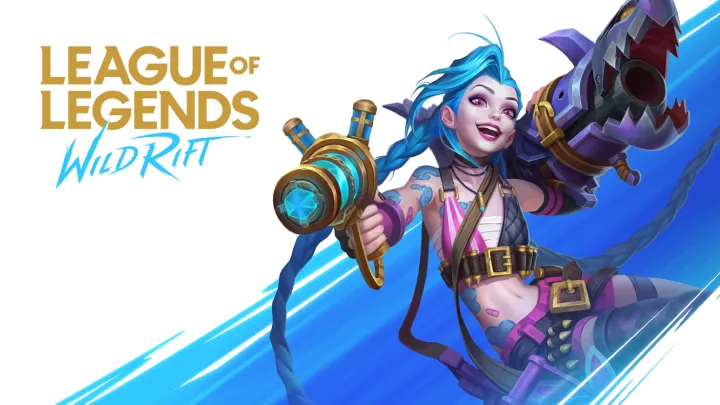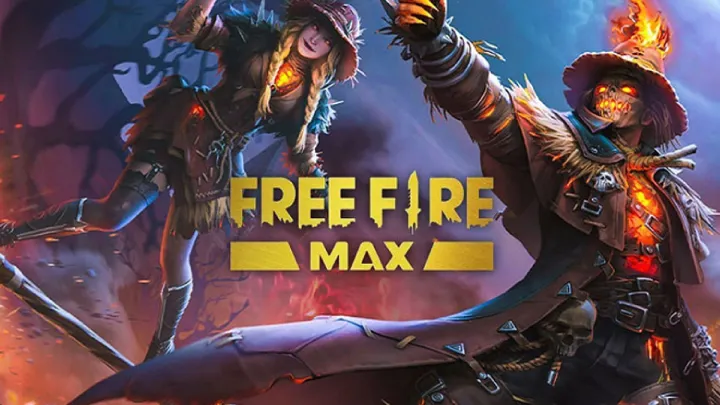Madden NFL 26 enters the spotlight with new graphics, enhanced animations, and refined gameplay mechanics. Yet beneath its polished surface, one issue dominates conversations among its most passionate players: the lack of true depth and agency in Franchise Mode. While Ultimate Team thrives with monetization and constant updates, Franchise Mode—the heart of immersion for NFL simulation fans—still struggles to balance control, realism, and meaningful progression. This article dives deeply into that specific issue, breaking down how Madden NFL 26 handles Franchise Mode, where it succeeds, where it falls short, and what it means for players seeking an authentic football management experience.
The Legacy of Franchise Mode in Madden
Franchise Mode has long been considered the crown jewel of Madden for players who want full control over teams, rosters, and dynasties. For years, it provided tools for drafting rookies, managing salaries, and shaping a long-term team identity. Madden NFL 26 attempts to build on this legacy but struggles with providing the depth that hardcore fans expect.
What once felt like a living, breathing NFL ecosystem has become more of a checklist system. Player negotiations, draft scouting, and weekly planning exist, but they often feel shallow compared to the complexity fans imagine. Madden 26 inherits this tension: does the mode prioritize accessibility for newcomers or deep simulation for veterans?
Early Impressions of Franchise in Madden 26
Upon entering Franchise Mode, players are greeted with updated menus, a sleeker interface, and refined scouting reports. The presentation is smoother, but the substance feels familiar. Madden 26 offers new cinematic cutscenes for contract negotiations and draft days, but they largely remain surface-level additions.
Early players notice that while presentation has improved, the core systems—salary cap, progression, and AI trade logic—still follow old patterns. This creates a sense of déjà vu, frustrating those hoping for fresh innovations.
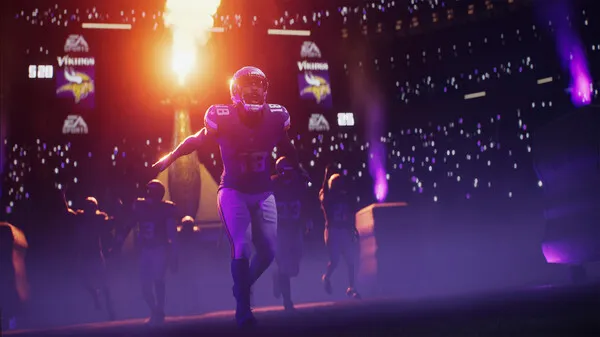
The Draft System – Promise and Shortcomings
The NFL Draft is one of the most exciting elements of real football, and Madden 26 aims to capture it with enhanced scouting reports, player interviews, and team war-room presentations. On the surface, it feels immersive, but the depth doesn’t hold up under repeated playthroughs.
Scouting grades and combine results are helpful but predictable. Experienced players quickly learn patterns, allowing them to draft effectively without much challenge. The problem is not presentation—it’s the lack of variability and consequences. Drafting feels like solving the same puzzle every year.
Draft Issues in Madden 26
- Predictable scouting patterns
- Lack of dynamic storylines for prospects
- Minimal consequences for risky picks
- AI teams drafting illogically
Player Progression – The Development Bottleneck
Player progression remains another critical issue. Madden 26 continues to tie development heavily to XP systems and hidden development traits. While this allows structured growth, it often feels artificial and detached from actual in-game performance.
For example, a wide receiver might dominate games but remain stagnant in development due to lacking a “Superstar” trait, while another player with the trait grows despite mediocre production. This creates frustration for players who want realistic, performance-based progression.
Tips for Managing Progression
- Focus training on young players with hidden traits
- Rotate weekly focus drills for balanced growth
- Monitor morale boosts tied to winning streaks
The Salary Cap and Contract System
One of the defining aspects of team management is navigating the salary cap. Madden 26 includes more cinematic presentations for negotiations but fails to add real nuance. Contracts often boil down to simple numbers without considering factors like market trends, player loyalty, or team prestige.
Players cannot leverage advanced contract options such as performance incentives, partial guarantees, or signing bonuses with meaningful impact. This reduces the negotiation process to a numbers game rather than a strategic battle of long-term planning.
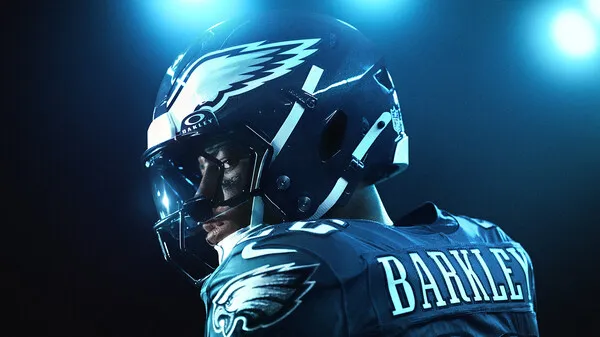
Trade Logic – The Weak Link in Team Building
Trade logic has been a notorious issue in Madden for years, and Madden 26 struggles to fix it. AI teams still make questionable decisions, sometimes trading away star players for weak returns. This undermines the realism of building a dynasty.
Savvy players can exploit this system, assembling super-teams far easier than in real NFL dynamics. While this benefits casual players, it diminishes immersion for those seeking authentic team-building challenges.
Common Trade Logic Exploits
- Trading mid-level picks for star players
- Packaging low-value players in lopsided trades
- AI undervaluing draft capital
Weekly Strategy and Game Planning
Weekly strategy in Madden 26 is marketed as a tool to replicate NFL coaching, allowing players to plan for opponent tendencies. In practice, it often feels like another checkbox. While fatigue and injuries add pressure, the system rarely forces meaningful choices.
Players can usually choose the “safe” training options to minimize risk, avoiding the depth that could make weekly planning a true test of coaching ability. The result is a system with potential but one that lacks teeth.
Immersion and Presentation Improvements
To its credit, Madden 26 has improved immersion in Franchise Mode through new cutscenes, commentary lines, and UI polish. Press conferences, contract negotiations, and draft day war rooms look more cinematic than ever.
But presentation without depth becomes empty flair. Players enjoy the new visuals the first few times, but quickly realize the underlying systems remain unchanged. Immersion needs substance, not just polish.
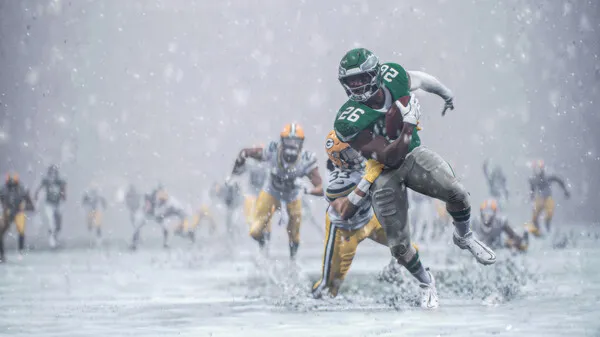
Community Demands for Depth
The Madden community has long been vocal about Franchise Mode’s shortcomings. Hashtags like #FixFranchiseMode have trended in past years, and many fans remain skeptical of EA’s commitment to deep simulation. Madden 26 addresses some surface issues but leaves core demands unmet.
Fans consistently ask for features like a true coaching carousel, more complex financial systems, player personalities, and deeper draft storylines. These features would elevate Franchise Mode into a living NFL ecosystem. Until then, Madden 26 feels like a step forward in presentation but a step sideways in depth.
Long-Term Consequences of Franchise Stagnation
The lack of depth in Franchise Mode has long-term consequences for Madden as a franchise. While Ultimate Team drives revenue, neglecting Franchise risks alienating the simulation base. This group may be smaller but represents some of Madden’s most loyal fans.
If EA continues to prioritize flashy updates over meaningful systems, it may push players toward alternatives like custom PC simulations or other sports titles that prioritize depth. Madden 26 sits at a crossroads: will future iterations evolve, or will Franchise continue to stagnate?
Conclusion
Madden NFL 26 highlights the ongoing struggle of balancing presentation and depth in Franchise Mode. While cinematic improvements and smoother UI bring short-term satisfaction, the underlying systems of drafting, progression, contracts, and trades remain shallow. For players seeking long-term immersion, Madden 26 still feels more like managing numbers than building a living NFL dynasty. Until EA invests in deeper mechanics, Franchise Mode will remain a shadow of its potential, frustrating those who crave true football simulation.





